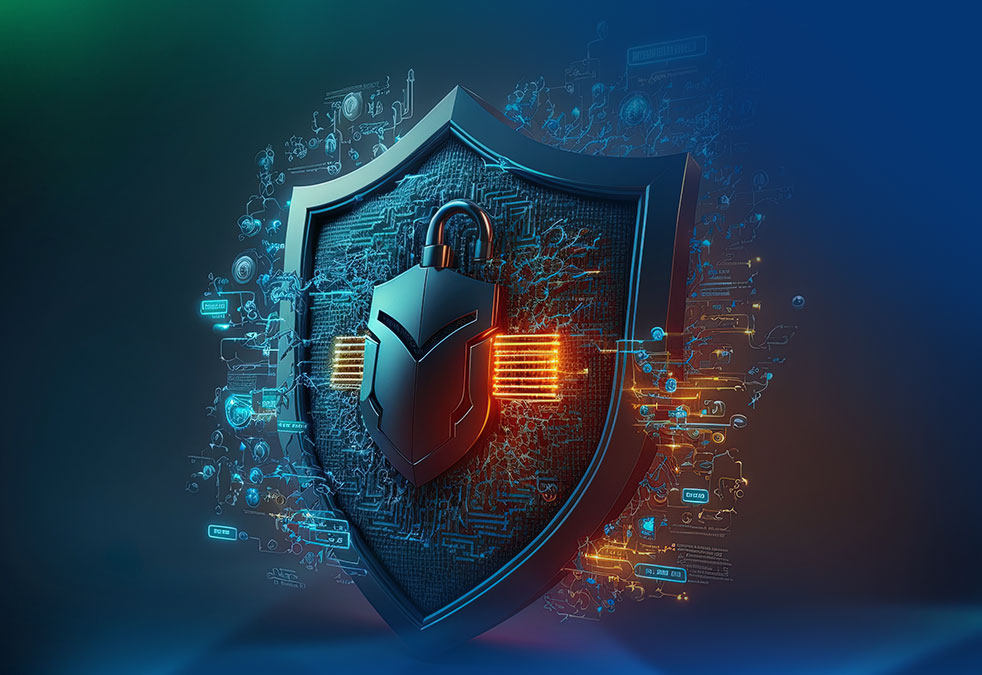It is important that companies and leaders understand what is at stake with the shifting of workspaces.
On the street, at home, at the airport, at the hotel and, who knows, sometimes at the office. In the era of digital transformation, the workspace can be anywhere. After all, with the advancement of technology and the Internet, we have gained a series of new tools that are revolutionizing the availability of information.
On the other hand, the mobile access of business platforms also brings up questions. The biggest of these, no doubt, is that the confidential data of your operation may be at risk in the face of increasingly sophisticated threats. But how can a company prepare to handle remote work safely and properly?
That’s quite a challenge, especially because the demand for remote work is inevitable. According to a survey by the National Confederation of Industries (CNI), over 80% of Brazilian workers admit that they would like to have some kind of remote activity.
Another analysis from Robert Half consultancy, points out Brazil as the third country in the world in the ranking with the greatest increase in initiatives for flexibility and digitalization of work spaces.
The question, therefore, is no longer to think about whether remote work is good or bad. Leaders and executives are now being called upon to understand how to implement these actions safely, extracting maximum value and quality from mobile workforces distribution.
According to Gartner research, by 2021 approximately 75% of all initiatives to leverage new forms of digital work around the world will fail. Among the reasons include the lack of leadership, difficulties related to infrastructure and, also, the lack of attention to security gaps generated by the greater mobility of employees.
In order not to be part of this projection and, simultaneously, deal with the requirements of this new generation of employees, companies need to adopt practical measures to reinforce the internal culture and improve the protection barriers around digital assets and internal structures.
It is the leaders’ mission to make the employees’ mobile experience much more profitable and productive for the organization, without neglecting practical safety issues.
In this scenario, it is important that companies understand what is at stake with the displacement of workspaces. For example: for corporate mobility to work effectively, high availability of systems and connectivity available to professionals must be guaranteed. This step is essential to ensure a proper employee experience.
However, remote work must be worked properly, without neglecting safety. Therefore, it is always important for companies to develop plans aimed at identifying and mitigating external threats, creating environments that are truly prepared to combat potential vulnerabilities or risks while maximizing the provision of technology to professionals. After this analysis, companies will be able to adopt practical solutions that fully address their operational needs.
One of the key actions to ensure data availability in a secure manner is the implementation of a firewall on the network. This is a very efficient security action, because this is the resource that will help to filter the requests, protecting the corporate systems. The firewall is an important piece of control, capable of evaluating and identifying suspicious user behaviors.
Another tip is to build more adjusted Access Control policies, establishing the levels of identification, authentication and availability of information from the employee’s profile, position and area.
Strengthening the need to protect the most sensitive data is important, especially with the advancement of BYOD (Bring Your Own Device) programs in which each employee can use their own equipment.
Thus, by establishing different levels of privilege in terms of access, it prevents a worker from having access to data that is not within their reach.
It is also important to highlight that technology leaders should also reinforce the rules and modalities of the processes of identification and authentication of access to corporate systems.
Creating specific rules for setting passwords and combining different authentication factors for logging in and viewing content are two important steps. The objective of these actions is simple: the more layers of protection in the access to your systems, the higher the level of protection of your systems.
In addition, it is important that companies be able to monitor and control the performance of their networks. In this context, one option is to invest in Shadow IT actions with the hiring of services directed to the continuous evaluation of the network. This practice enables a faster and results-oriented innovation cycle, without the need for physical change of the environment.
This allows you to reduce the time and bureaucracy of internal approvals and consolidate control mechanisms much faster. Amidst daily IT transformation, speeding up the analysis is fundamental to evaluate the use of unknown or unauthorized applications and to prevent data leaks and other incidents.
There is no doubt that remote work is the future of operations. With this path, companies will have more agility and opportunities to integrate new talent, make faster decisions and satisfy consumers completely. The good news is that even the challenges for managing information today are simpler and easier to overcome.
The market is prepared to support organizations that want to successfully make this journey. Without a doubt, executives who choose to lead their companies with confidence will ensure the success and business continuity in the new digital age.
With more than 5,000 clients, Blockbit is one of the leading manufacturers of cybersecurity solutions, empowering businesses to protect themselves against a wide range of threats, vulnerabilities, and cyberattacks, whether internal or external, generic or specific.

